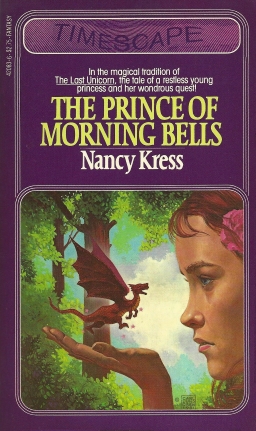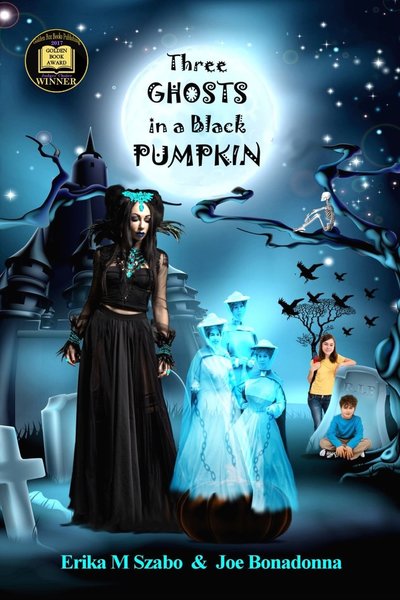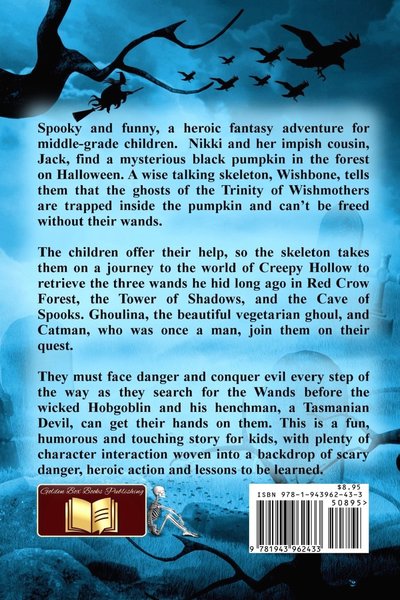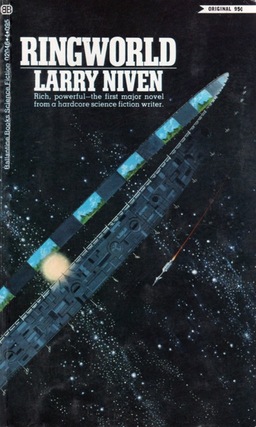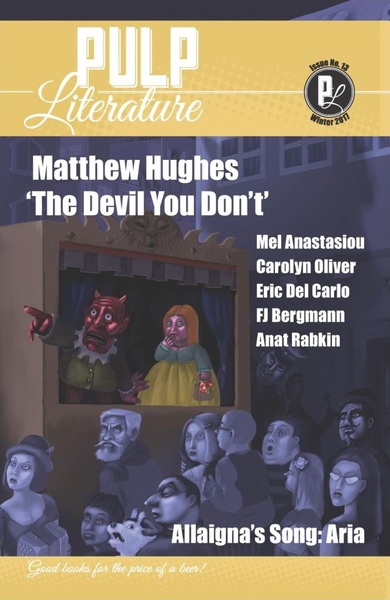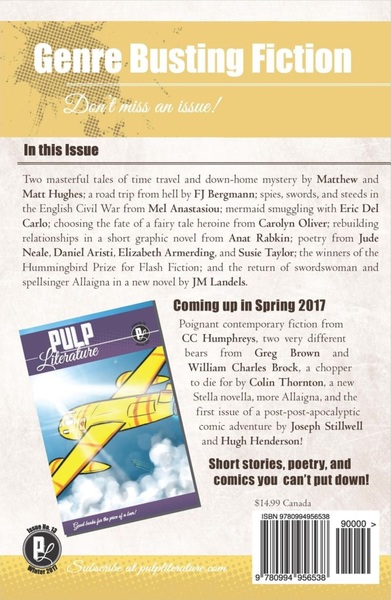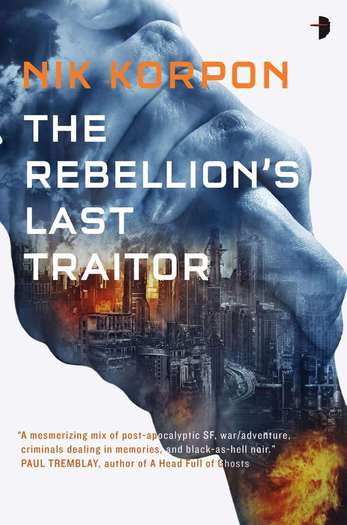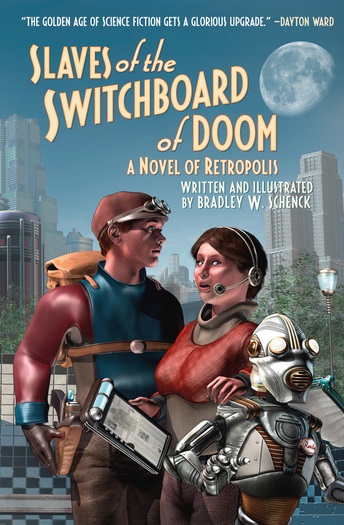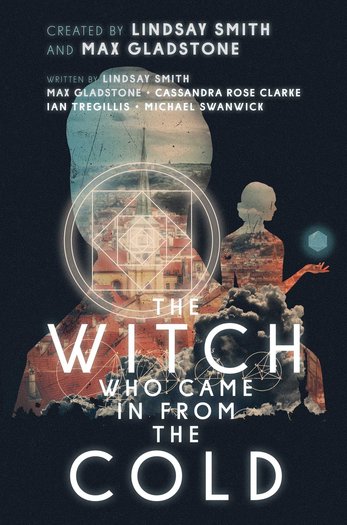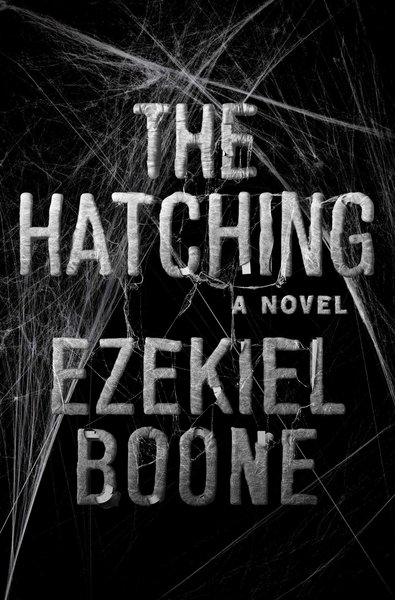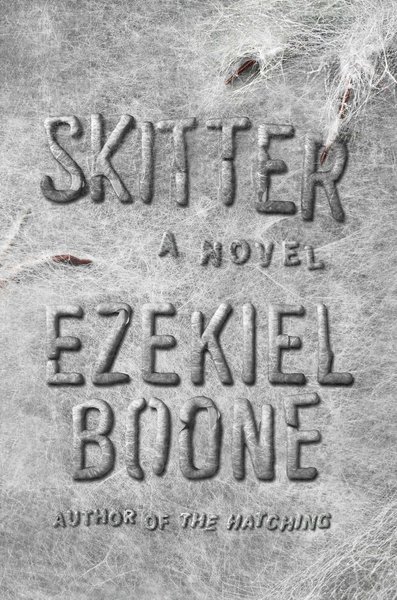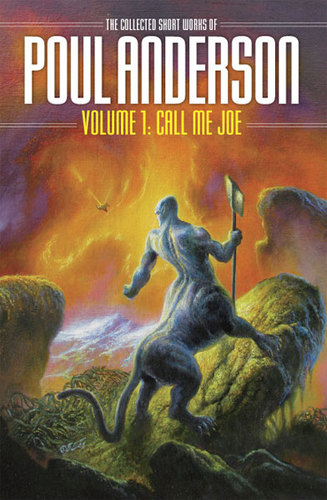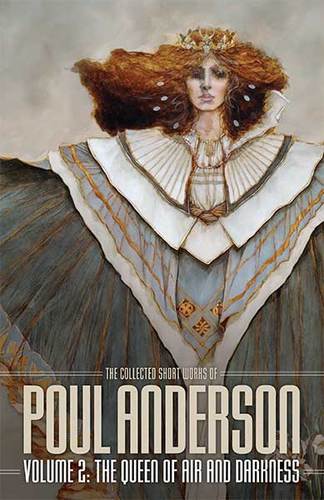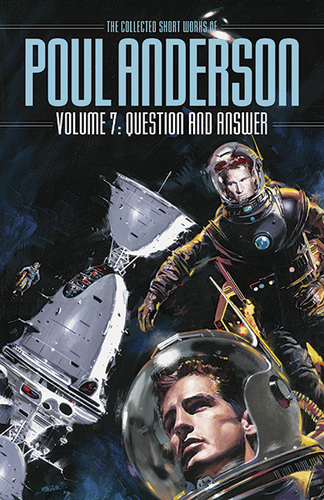Future Treasures: Kangaroo Too by Curtis C. Chen
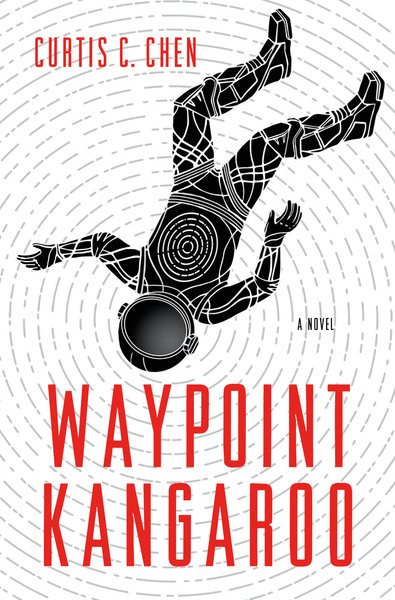 |
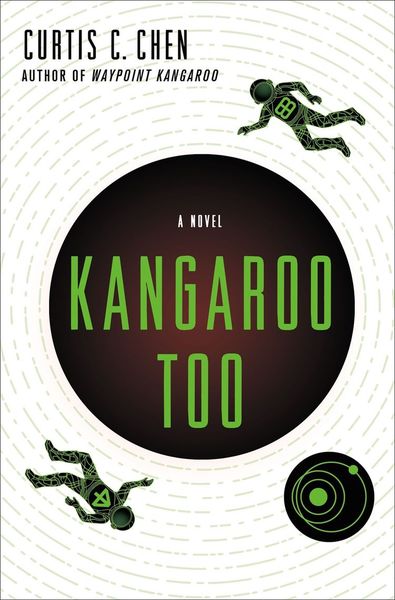 |
Curtis C. Chen’s debut novel Waypoint Kangaroo was a Locus Award finalist for Best First Novel. Not your typical SF adventure, it featured a secret agent sent on a forced vacation after screwing up once too often. James Patrick Kelly called it “A high tech thriller set on a passenger liner headed for Mars, featuring a wisecracking secret agent with a super power that will blow your mind,” and Charlie Jane Anders said “This Kangaroo could just be your new favorite wisecracking interplanetary adventurer.” The sequel, a brand new tale of outer space adventure, arrives in hardcover next week.
On the way home from his latest mission, secret agent Kangaroo’s spacecraft is wrecked by a rogue mining robot. The agency tracks the bot back to the Moon, where a retired asteroid miner — code named “Clementine” — might have information about who’s behind the sabotage.
Clementine will only deal with Jessica Chu, Kangaroo’s personal physician and a former military doctor once deployed in the asteroid belt. Kangaroo accompanies Jessica as a courier, smuggling Clementine’s payment of solid gold in the pocket universe that only he can use.
What should be a simple infiltration is hindered by the nearly one million tourists celebrating the anniversary of the first Moon landing. And before Kangaroo and Jessica can make contact, Lunar authorities arrest Jessica for the murder of a local worker.
Jessica won’t explain why she met the victim in secret or erased security footage that could exonerate her. To make things worse, a sudden terror attack puts the whole Moon under lockdown. Now Kangaroo alone has to get Clementine to talk, clear Jessica’s name, and stop a crooked scheme which threatens to ruin approximately one million vacations.
But old secrets are buried on the Moon, and digging up the past will make Kangaroo’s future very complicated…
Kangaroo Too will be published by St. Martin’s Press/Thomas Dunne Books on June 20, 2017. It is 308 pages, priced at $27.99 in hardcover and $14.99 for the digital edition. The cover is by David Curtis.
